In the image: Iranian Foreign Minister and Ismail Haniyeh at their meeting in December 2023. Source: Mashregh News
By: Sarit Zehavi and Yaakov Lappin.
Contrary to the prevailing perception in Israel and the West that the October 7 attack surprised Iran and Hezbollah as much as it surprised Israel, the truth is that the attack was not an isolated event or an independent initiative by Hamas. Rather, it was part of a pre-planned, broad Iranian scheme, which they termed “the Unity of the Fronts.” In accordance with this plan, the “ring of fire” around Israel, and an invasion capability from at least two fronts – north and south – were built.
In April 2023, the office of Iran’s Supreme Leader published a propaganda video titled “The Joint Operations Room,” showing various Iranian militias preparing for a campaign on Jerusalem. The Unity of the Fronts campaign was pre-planned by Iran.

Documents captured in the Gaza Strip, which were published by the Meir Amit Intelligence and Terrorism Information Center, also attested to the deep level of coordination between Hamas and Iran, alongside the public declarations by senior ‘Axis of Resistance’ officials regarding Unity of the Fronts as a strategic goal.
The level of coordination, which according to the documents, included Iranian approval of Hamas’s invasion plan and the initiation of a war in the south, aligns with the assessment that Iran hoped Hamas would keep Israel occupied, while Tehran exploited the window of opportunity. This also might explain the series of meetings among various Axis elements in the summer of 2023.
We wish to present a theory regarding the overarching goal of this plan, arguing that Hamas’s invasion – and perhaps even Hezbollah’s non-participation in a similar move later – was intended to create a chaotic smoke screen. This would allow Tehran to complete its most crucial step: a rapid breakout to military nuclear capability. According to this theory, any lack of coordination between Hamas and Iran – if it existed at all – was likely very minor, limited only to the precise timing.
The Iranian strategy, as it appears in this theory, was based on cynically sacrificing Hamas as a pawn. It seems the plan was to use Hamas to initiate a long and bloody war that would exhaust Israel militarily, economically, socially, and politically. The goal was to force the IDF to dedicate most of its resources and attention to a war of existence on its borders, while simultaneously advancing the nuclear project. Within this framework, part of the plan might have also been the international media campaign, intended to divert international attention from the nuclear project to the Gaza Strip.
We do not have open-source intelligence on the status of Iran’s nuclear program on October 7, 2023, specifically regarding the activities of the nuclear weaponization group. However, it is possible that significant progress had already been made towards resuming the project’s activities at that time.
It should be noted that in May 2023, then-Israeli Chief of Staff, Lt. Gen. Herzi Halevi stated: “Iran has advanced in uranium enrichment in recent years more than ever before. We are closely examining the other areas on the path to nuclear capability, there are possible negative developments on the horizon that could lead to action… We have the ability to strike Iran.” It is possible that following this statement, the Iranians feared an Israeli attack, and this influenced their choice of timing for implementing the Unity of the Front” plan, in order to protect their nuclear project.
In April 2023, the Alma Center published a document titled: Why is Israel Under Attack From Several Fronts Simultaneously at the Present Time? In it, we warned that Iran desired a multi-front confrontation for various reasons, one of them being the desire to advance its nuclear program given the West’s weakness in stopping it.
Hamas’s stubbornness and absolute refusal to surrender, even at the cost of destruction in the Gaza Strip, may not solely be a matter of extreme ideology. Instead, it aligns with the Iranian strategic thesis presented here. Within the broader plan, Hamas’s role is to wage a prolonged war of attrition aimed at eroding the IDF, fracturing social cohesion in Israel, and maintaining international pressure on it.
A surrender by Hamas would have ended the southern front and redirect all Israeli and global resources and attention northward, towards Hezbollah and the Iranian nuclear threat – a scenario Iran wished to prevent at all costs. Therefore, every additional day of fighting in Gaza served Tehran’s overarching goal, making Hamas a loyal instrument in realizing its strategy, keeping Israel bogged down in the Gazan quagmire and providing Iran with the necessary time and distraction – or so Tehran hoped.
As highlighted in Yaakov Lappin’s March 2023 article, The Iranian Nuclear Program and Hezbollah’s Firepower Arsenal Should be Viewed as a Synergetic Threat, an Iranian nuclear bomb threatens to neutralize Israel’s conventional advantage and freedom of action. In such a reality, Iran and its proxies could use their massive arsenal of missiles, rockets, and drones, and ground invasion capabilities, to attack Israel conventionally, understanding that Israel would be deterred from a severe response that might lead to nuclear confrontation.
The heavy damage Israel suffered from conventional projectile fire only illustrates the danger inherent in a scenario where Iran possesses a nuclear capability backing this aggression, under a nuclear umbrella.
The same idea applies to the heavy price Israel paid during Hamas’s ground invasion on October 7, 2023. The fact that Iran invested so much effort and resources in arming all the terror armies in areas surrounding Israel proves that it was preparing for a day when it could activate all these capabilities under this nuclear umbrella. All of this was supposed to occur, within very short timeframes. In our estimation, the Iranian leadership believed that if the plan succeeded, it could genuinely lead to the collapse of the State of Israel in a short time.
Supporting the assumption regarding the timelines are the recent reports on the significant progress in Iran’s nuclear program (prior to Israeli – American attack in June). Recent reports in Israel indicate that the decision to launch Operation Rising Lion stemmed from a convergence of intelligence and strategic analysis that pointed to a large-scale Iranian deception. This was also reflected in the IAEA report published on the eve of the attack. In this context, military correspondent Doron Kadosh reported that the decisive factor that turned concern into certainty and led to the decision to act against nuclear sites in Iran was “golden intelligence” indicating that Iran had begun secret development of the “weaponization group” and even conducted several successful tests.
The weaponization group is the critical and final component required to assemble a nuclear bomb. While Iran already had uranium enriched to 60%, in sufficient quantity for about 15 bombs, the “weaponization group” is the component containing the explosive mechanism and neutron source, and its development unequivocally indicates a military intention. This intelligence changed the rules of the game, clarifying that Iran was mere weeks away from operational nuclear capability.
Parallel to this secret progress, a worrying change also occurred in Iran’s media and official discourse. Regime officials, including an advisor to Supreme Leader Khamenei, began hinting in spring 2024 at a possible change in their nuclear doctrine in response to threats and a future attack. The same threat of a change in nuclear stance was also voiced by a senior commander in the Revolutionary Guards. The increasing public discourse, alongside the “golden intelligence” about the “weaponization group” and the multi-front distraction plan, paints a picture of an immediate existential threat.
Why did Hezbollah not join Hamas on October 7?
Within the Iranian plan, Hezbollah’s role was to remain as a strategic defensive force for Iran’s nuclear program, one that could pose a massive threat to Israel, but not be dragged into a full-scale war that would jeopardize its existence, at a time too early for Iran’s purposes. From this, there could be two possibilities for Hezbollah’s non-participation:
- Missing the opportunity and the element of surprise, due to a lack of tactical coordination with Hamas regarding the timing, and an understanding that Hamas’s success might overshadow a similar move by Hezbollah, while the IDF reinforced its forces on the northern border and Israeli civilians quickly evacuated.
- In continuation of the theory presented here, it is also possible that Iran deliberately decided to sacrifice Hamas and not Hezbollah, in order to preserve Hezbollah as a protector of the nuclear program. This have involved continuous situational assessment and maintaining an active but limited northern front, along with constant readiness for escalation should something go wrong with the plan.
Preserving Hezbollah’s strength during the Iron Swords war was intended to ensure that after Israel was sufficiently exhausted and weakened (socially, economically, militarily, and internationally), the organization could continue to strategically threaten it, thereby protecting Iran’s nuclear project from an Israeli attack, precisely at the most critical time when Iran was breaking out to the bomb.
Ultimately, the Iranian plan did not fully materialize and encountered several significant miscalculations. Firstly, Tehran did not correctly assess the strength of the Israeli capabilities in the north and the extent of damage and neutralization that IDF forces would manage to inflict on Hezbollah. The organization, which was supposed to be preserved as a strategic asset, suffered severe damage that reduced its ability to pose an immediate and decisive threat.
Secondly, the Iranians erred in their assessment of the resilience of the Israeli-American alliance. It is possible that reports of crises and tensions in relations between Jerusalem and Washington in recent years created a mistaken impression in Tehran that the United States would not stand decisively by Israel at the moment of truth. Reality proved otherwise, and American support provided Israel with essential political and military backing.
Iran’s most critical mistake was the surprise at Israel’s willingness to break the so-called rules and launch a direct, large-scale attack on Iranian soil against a wide range of targets, in a way that not only harms the nuclear and missile program but directly threatens the regime’s stability. The Iranians, apparently, believed that Israel was isolated, exhausted, and weakened too much to initiate such a bold move, and that it would prefer to contain the threats. The Israeli decision to directly attack the nuclear program and senior regime officials changed the rules of the game.
The Iranians also incorrectly analyzed the political and social crisis in Israel. They did not appreciate that in times of threat, Israeli society would fully mobilize to deal with it despite disagreements and thought that the threat would actually contribute to its internal disintegration.
What can be learned from all this? Iran erred in the same misconception that Israel erred in on October 7. We cannot predict intentions due to profound cultural and ideological differences. The State of Israel proved it can militarily confront developing threats through intelligence and air superiority. This superiority must be maintained, while preemptively neutralizing strategic capabilities of our enemies, and simultaneously striving for alliances and agreements with those working toward regional progress.
The Iranian plot created a tragedy but also a historic opportunity to bring change in the fabric of relations and Israel’s stance among its neighbors.

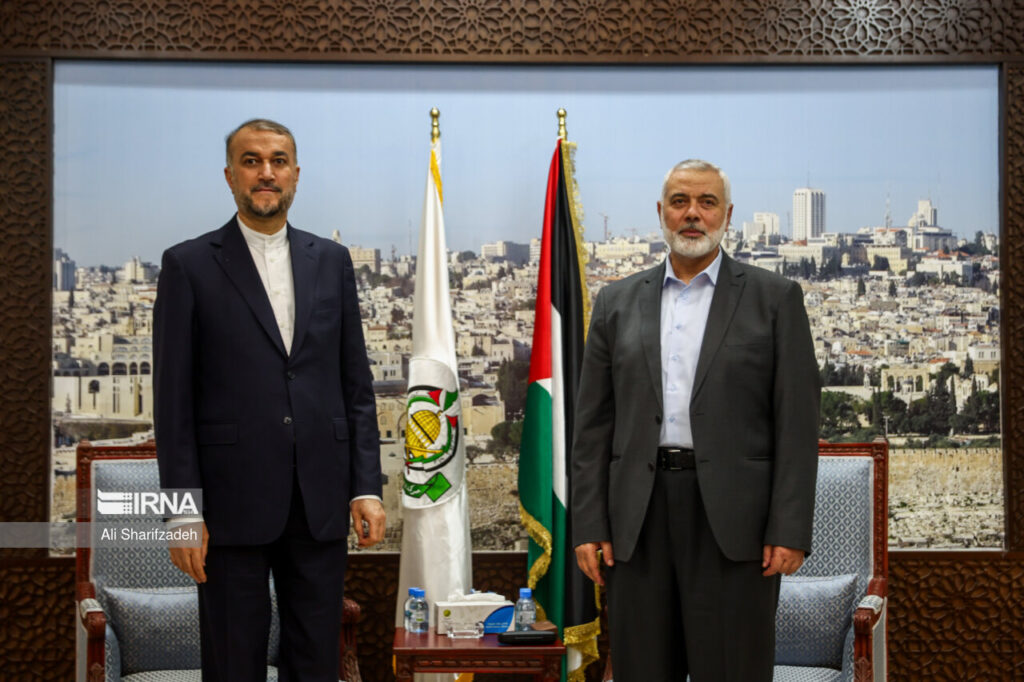

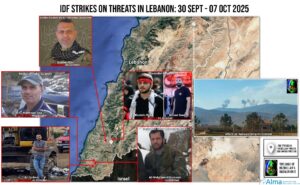
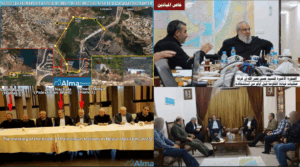
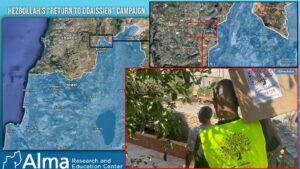
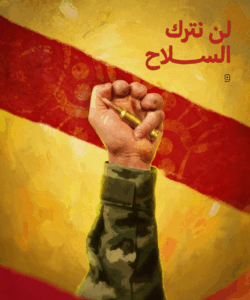
2 Responses
DearZarit,
Thank you for your insights!
I pray that the war will be successful and end soon.
It’s hard to hear of the loss of so many young soldiers on the ground.
It seems that the strategy to save hostages comes at great expense, as well as encouraging the enemy to continue fighting, re-grouping at every opportunity.
What is your view on that?
Blessings for a single state and may this be a reality soon.
Blessings to you.
Dear Sarit and Yaakov,
To add one important factor to your analysis:
The most significant thing to identify is that this is a war of Good versus evil, Light vs darkness, Truth vs lies, Liberty vs tyranny, Light vs darkness. We must align with the Almighty as He executes Judgement and Justice throughout the earth, fulfilling the mission He gave in the beginning for mankind to subdue the earth.
Lev. 25:10 Proclaim Liberty Throughout All the Land unto All the Inhabitants Thereof.